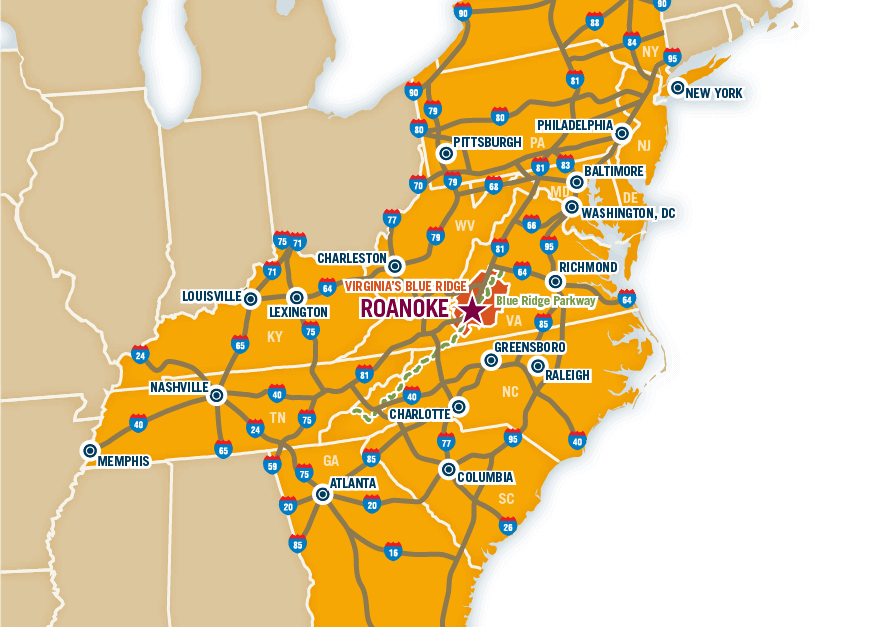- Map View:
-
Things To Do
- Arts & Culture
- Attractions
- Beer, Wine & Spirits
- Blue Ridge Parkway
- Events
- Free Things To Do
- History & Heritage
- Kid Friendly
- Nightlife
-
Outdoor Adventure
- Leave No Trace
- Trail Guidelines
- Appalachian Trail
- Biking
- Climbing
- Disc Golf
- Fall Color Spots
- Fishing
- Geocaching
- George Washington & Jefferson National Forests
- Greenways
- Hiking Trails
- Horseback Riding
- Kayaking & Paddling
- Kid Friendly Outdoors
- Motorcycle Touring
- Outdoor Outfitters & Shops
- Scenic Drives
- Water Sports
- Wildlife Viewing & Birding
- Classes & Workshops
- Sample Itinerary
- Sample Itineraries
- Shopping
- Spas
- Sports
- Tours
- VBR Savings Pass
- Hotels/Lodging
- Restaurants
- Region
- Plan
Ed Bordett
- Fincastle, VA 24090
- Phone: (540) 473-1561 Phone: (540) 473-1561
- Send Email
- Visit Website
He was born in Long Island New York; in 1952 and later attended New York’s National Academy of Fine Arts. He completed his schooling by graduating from Florida’s Ringling School of Art. After graduating he moved to Southwestern Virginia. “The Roanoke area supported me as a young artist” Bordett says; he made his home and studio in Roanoke for 14-15 years after first coming to Virginia. Since then he has moved both his home and his studio to Fincastle, Virginia. His studio building is located in an old auto-dealership from the 1930’s. This spacious building houses his darkroom, paint room, print room, framing, and gallery.
The progression of his work started when he came out of art school in Florida, moving to Roanoke, and beginning to paint scenes of the Roanoke City market. Instead of painting cows and barns he found something that truly excited him in the way of what he was producing. When Bordett went back to New York where he grew up he continued using the same subject matter; he used lots of architecture. Lots of geometric patterns and shapes, lots of light moving across the surface of objects or casting shadows, figures, and movement happening with figures. This was the same sort of thing that was happening with the Roanoke market but on a larger scale with more involvement and more depth. Now that he is living back in the small town again he is still focusing on the same subject matter.
At times Bordett can go off on tangents from this subject matter and work with still life and moods, time of day, playing with mood and atmosphere rather than focusing on architecture.
A lot of his work reflects where he has traveled, such as trips to Maine with his family. There are many things that could motivate him to paint from a beautiful landscape to the corner hot dog stand. He has to look at his subject matter for a while and create or have some sort of emotion towards what he is dealing with. He is actually trying to have some visual or personal emotion towards the subject matter, and not be some tourist walking around taking pictures of everything he sees.
His paintings are very realistic but have certain abstractness to them. This is obtained by his cropping the way he sees things, by his trying to give his audience a different point of view, a different way to look at things to make them visually more exciting. He is trying to take something that some people may drive by everyday and know from what they see it as, but by his interpretation of it the audience may be able to see it in a whole new way. “You may walk by a fire escape everyday and not see it as beautiful, but after seeing my interpretation of it you may see it in a new light than you had before, you may see it as beautiful.”
About Serigraphy:
Serigraphy is a combination of two Greek words, seicos, meaning silk, and graphos, meaning writing. The word is credited to Carl Zigrasser, curator of prints at the Philadelphia Museum of Art, who first used the term in the late 1930’s. The reason behind calling a print a serigraph was to designate it as an original silk-screen print created by an artist from the artists own design. The term serigraph was used in hope that it would distinguish the “creative art” in silk-screen from the commercial or reproductive uses of the process
The practice of serigraphy, also known as silk-screen, has no known origin. But stencil use can be traced back to 9000 BC in the decoration of Egyptian tombs, Greek mosaics, and in the Roman publicizing of the Games. Later from 221-618 AD stencils were used in China for the mass production of Images of Buddha. It was Japanese artists that turned serigraphy/silk-screen into a complex practice. Japanese artists developed intricate templates made of silk to hold the stencils. This new perfected way of working began the evolution into modern day serigraphy/silk-screen art.
Serigraphy, as Bordett defines it, is a stencil from of printmaking where the stencil can be created many different ways on the screen. Bordett coats his screens with a light sensitive chemical and then the screen is exposed to the design that he has created. The screen is then washed out. Where ever the design is the screen will open up and all other areas will harden with the chemical. Thus creating the stencil. The basic printing process is the forcing of ink through the stencil design onto the paper with a squeegee. Each color must be printed in the same place and in the same order for each print in an edition to resemble the original. The colors, however, can be printed in any order. A separate stencil is needed for every single color printed. Some of Bordett’s prints can use up to forty separate colors being printed on to complete an image. The colors used are all custom mixed, and are tested during the printing process to achieve the value and hue that Bordett needs for his prints. Bordett makes use of transparent inks so that he can layer colors on top of other colors creating different color variations. By using both opaque and transparent inks he multiplies the number of colors he is actually printing. The printing process is a very labor intensive process; from the creation of the designs, to the transfer of the screen, the mixing of colors, and finally the printing of an edition. Typically Bordett prints 10% more of what he wants for an edition size. (Editions can run 60-200 prints in an edition.) Large prints can take 2-3 months to complete while a small print will be finished in as little as two weeks.
Directions
- Miles from I-81: 7
Shopping
- Additional Information: Call for store hours or to make an appointment
Want the latest on Virginia’s Blue Ridge? Securely sign up for our FREE e-newsletter:
Visit Virginia's Blue Ridge 101 Shenandoah Avenue NE Roanoke, VA 24016 (540) 342-6025 (800) 635-5535
Visit Virginia’s Blue Ridge is committed to cultivating an atmosphere that welcomes and celebrates the unique backgrounds, abilities, passions, and perspectives of our vibrant community. As our region’s only destination marketing organization, we have a responsibility to showcase the best the Roanoke Region has to offer, and those assets and strengths come in varied forms. We embrace differences in race, religion, sexual orientation, gender, gender identity or expression, language, visible and invisible disabilities, and all the intersecting identities that make Virginians and visitors alike so unique. We believe our differences make us stronger– and better.






